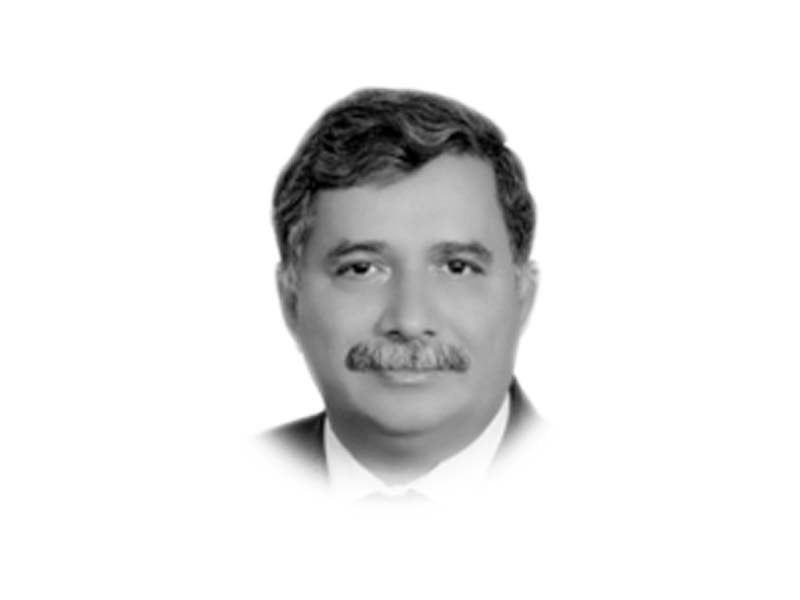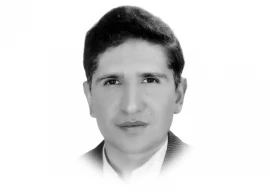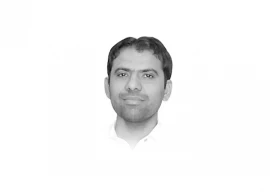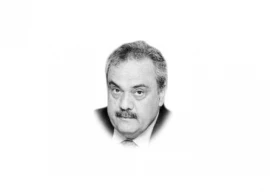
The Ukraine crisis has taken the world by surprise and set alarm bells ringing everywhere. Around the world, countries are beginning to feel the pinch of increased prices of petroleum and other commodities. However, most people are still unaware of the dynamics of the crisis because the news cycle is devoid of the historical perspective. The current events, particularly conflicts, are always rooted in history and must be analysed from that perspective.
It appears that Ukraine has remained under Russian protection in different forms for a long time. During the 9th century, Kyiv was a part of the East Slavic state Kyivan Rus — it was here that the states of Ukraine and Russia emerged. In the 13th century, Russia acted as a shield against Mongols’ invasions and later Tartars’ incursions. By the 17th century, antagonised with persecutions of the Catholic Church, and Poland, the areas accepted the Orthodox Russian Tsar in the 1654 Treaty of Pereiaslav. Consequently, the Russian policies affected the absorption of Cossak lands.
With each passing day, merchants, professionals, academics, landed gentry, and other professionals flocked to Ukraine, particularly, the eastern side. Over the years urban areas of Ukraine especially the eastern side swelled with the Russian population. The process continued consistently even after the Communist Revolution of 1917.
During the second world war, at the Yalta conference, the ‘Big Three’ agreed that after Germany’s unconditional surrender, the country would be divided into four post-war occupation zones, which would be controlled by American, British, French and Soviet military forces. To ease Soviet fears of an invasion through Poland, Eastern Europe was designated as a Soviet sphere of influence. However, soon after the conclusion of the second world war, the foundation of the North Atlantic Treaty Organization (NATO) was laid down in 1949. It was aimed towards collective defence and to curtail the expansion of Soviet influence in Europe.
In response to this, the Treaty of Friendship, Cooperation and Mutual Assistance — also known as the Warsaw Pact, which was a strategic alliance between Eastern European countries — was carved out in 1955. However, under Mikhail Gorbachev’s policy of Glasnost, Warsaw Pact was scrapped.
In this context, Russia was told that NATO would also be wounded up. However, the countries of Eastern Europe that were former members of the Warsaw Pact were made members of NATO. At present, the US has tried to make Ukraine a part of NATO and arm it with nuclear weapons. Given that this move would threaten Russia’s national security, Russia is opposed to it.
Moreover, a sizeable population of Ukraine is of Russian origin and wants to be independent. This population is concentrated in specific areas and is one of the causes of the conflict. If Ukraine or NATO announces that Ukraine will not join NATO and not go nuclear, the conflict is likely to end. It is just like the US does not want an inimical government under her soft belly in the US. In this connection, questions can be asked as to what was the main objective of the Monroe Doctrine. Under that Monroe Doctrine, the US announced that European powers should no longer colonise the Americas or interfere in the affairs of sovereign nations located in the Americas, such as the US, Mexico, Colombia and others. In return, the US planned to stay neutral in wars between European powers, and wars between a European power and its colonies. However, if the latter types of wars were to occur in the Americas, the US would view it as a hostile act towards itself.
Back when the Soviet Union installed missiles in Cuba, the US viewed it as a threat to its national security and reacted. Both the countries were on the brink of war, with nuclear catastrophe as the outcome. However, better sense prevailed, and diplomacy was given a chance, which averted the war between the two “Bigs”.
The composition of the population in Ukraine can also help understand Russian interest. A high proportion (42.3%) of the Russians in Ukraine lived in cities, particularly in comparison with the proportion (5.4%) of Ukrainians who lived in cities. The urban population of Ukraine made up 12.6% of the total population of the country (within the 1938 borders of the Ukrainian Soviet Socialist Republic). Of the urban population, Russians constituted 33.7% (Ukrainians, 32.5%). In cities of over 100,000 inhabitants, they represented 53.4% (Ukrainians, 12.6%). Only 6.7% of the rural population in Ukraine was Russian (83%, Ukrainian). The largest urban concentrations of Russians in Ukraine (1897) were in Odesa, 198,200 (48.2% of the city’s total population); Kyiv, 134,300 (54.4%); Kharkiv, 109,000 (63%); Mykolaiv, 61,000 (66.3%); Katerynoslav, 47,100 (41.8%); and Kherson, 27,900 (47.9%).
It must also be understood that peace in Europe is based on the equilibrium, built around the concept of balance of power and national security of all states. The scramble for power between the US and Russia has disturbed the equilibrium. In such a situation, it must be understood that during a fight between elephants, it is the grass under their feet that is crushed. Therefore, the best policy option available is non-alignment and peaceful coexistence. Countries such as Ukraine should refrain from aligning with a superpower. The realities of international politics must be understood by accommodating each other’s interests. Unilateral imposition of world order will always lead to conflict.
Published in The Express Tribune, March 2nd, 2022.
Like Opinion & Editorial on Facebook, follow @ETOpEd on Twitter to receive all updates on all our daily pieces.

1729662874-0/One-Direction-(1)1729662874-0-405x300.webp)


1722421515-0/BeFunky-collage-(19)1722421515-0-165x106.webp)







COMMENTS (5)
Comments are moderated and generally will be posted if they are on-topic and not abusive.
For more information, please see our Comments FAQ